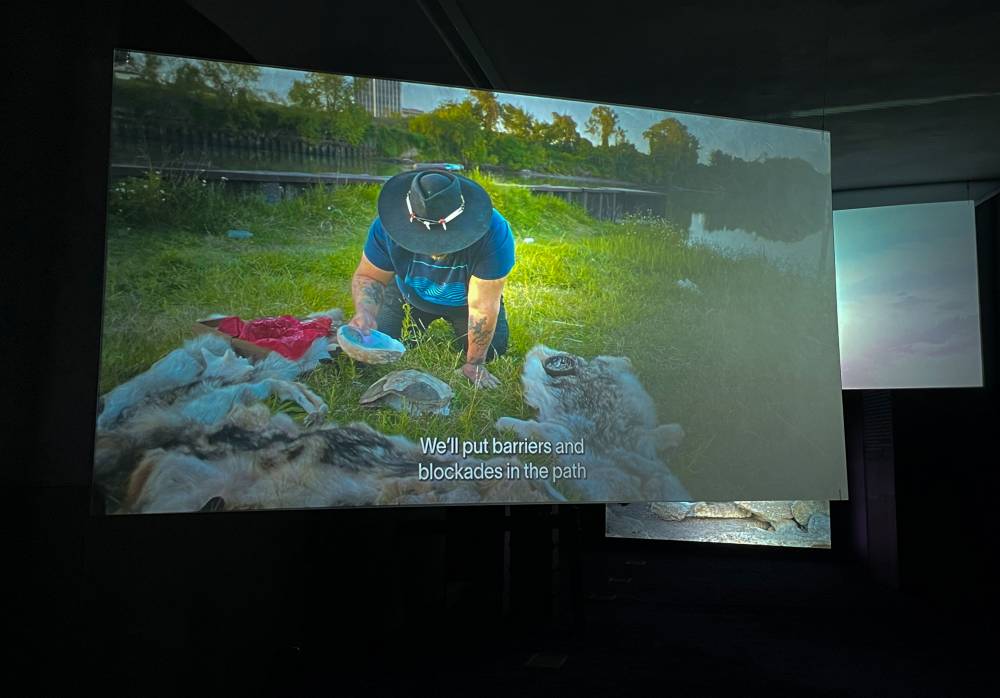A journal for storytelling, arguments, and discovery through tangential conversations.
Wednesday, February 12, 2025
|
Yifan Xia
“一方水土养一方人 (Yi Fang Shui Tu Yang Yi Fang Ren)” is a Chinese idiom that has long been associated with regional ecology. The many ways nature nurtures our communities resonated with me on a personal level as I began to pull apart the phrase in order to grasp its literal meaning: What we are is shaped by the water and soil (水土, Shui Tu) surrounding us.
“Water and soil” is supposed to be a figure of speech describing natural conditions. A similar term would be “river city,” a concept brought to my attention thanks to the trans-disciplinary scholarship dedicated to waterfronts (for example, River Cities, City Rivers 2018). As a result, I uncovered a new line of inquiry. Animated by drawings and maps found across Eastern and Western civilizations, this body of scholarship tells us how rhythms of life have aligned themselves to the ebbs and flows of great rivers, lakes, and oceans. But the concept of a “river city” also hints at a looming question—would these traditions still have a place if that rhythm fell out of balance?
